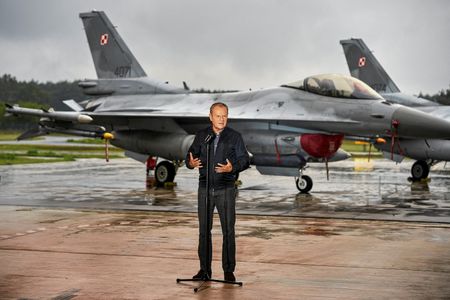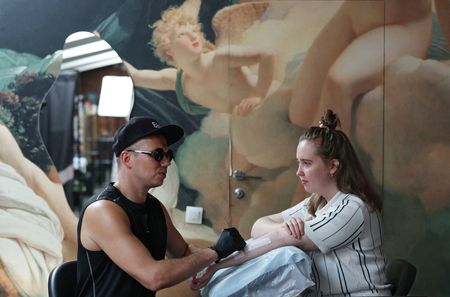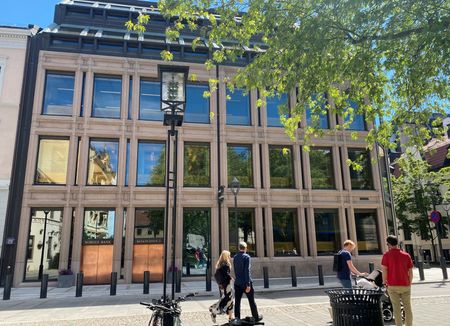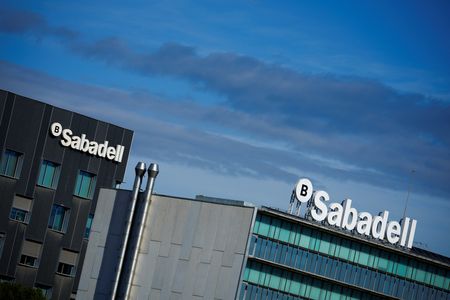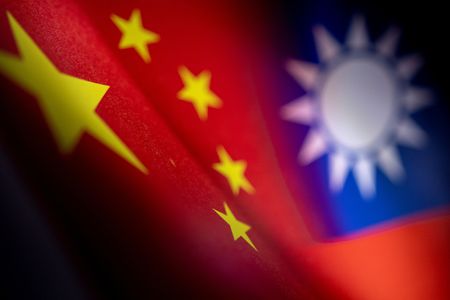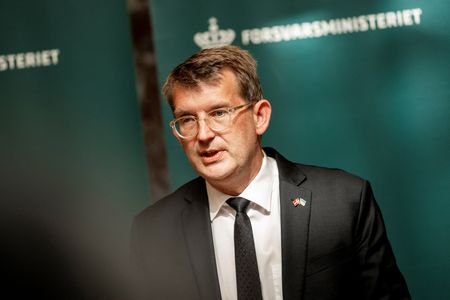By Paolo Laudani
(Reuters) -France’s Exosens on Monday confirmed its strong full-year guidance and reported first-quarter revenue slightly ahead of expectations as demand from NATO and Tier-1 allies’ forces drove growth.
The firm, which supplies night vision systems to NATO, posted first-quarter revenue of 104.9 million euros ($119.3 million), slightly ahead of 101 million euros in an LSEG poll of analysts.
NATO members are under pressure from U.S. President Donald Trump, who is pushing NATO allies to lift military spending to as high as 5% of gross domestic product.
Exosens’s amplification business, which produces the Photonis night vision systems, posted a 29% revenue increase to 81.7 million euros in the quarter.
The company saw a 13% year-on-year revenue decline in its detection and imaging division, which produces the likes of components for scientific instruments, on a like-for-like basis.
It said the decline was mainly due to Telops, its Canadian imaging system business, which was impacted by uncertainty around U.S. tariffs and a reduction in federal science funding.
Exosens reiterated its full-year outlook and expects its revenue to grow in a high-teens percentage and adjusted core earnings (EBITDA) to rise by a low-twenties percentage.
Shares in the company, that gained around 80% this year amidst a changed attitude towards European defence in the U.S. and growing defence budgets in the continent, rose as much as 5% but were down 3% at 0804 GMT.
In a call with Reuters, chief executive Jerome Cerisier said that European countries’ willingness to invest in defence will “probably translate into higher demand,” also because of the short cycle nature of the firm’s business.
Cerisier noted that Exosens, which in March said it will build a factory in the United States, does not have the necessity to expand other types of business there due to a small exposure in the country.
“Setting a new plant in the U.S. is not the response to tariffs. It’s more being more competitive on innovation and on differentiation through technology,” he added.
($1 = 0.8790 euros)
(Reporting by Paolo Laudani and Pauline Foret in Gdansk; Editing by Mrigank Dhaniwala)


